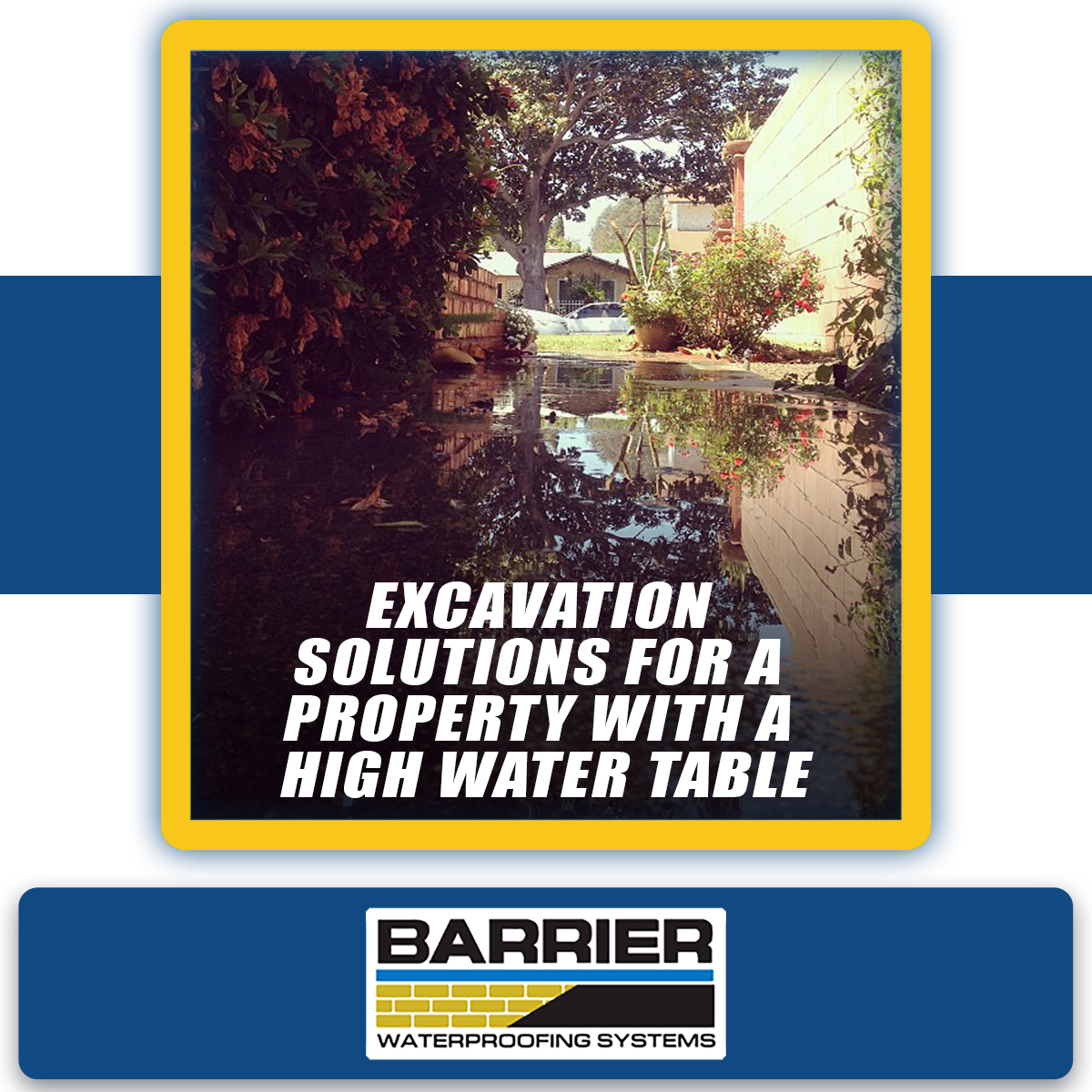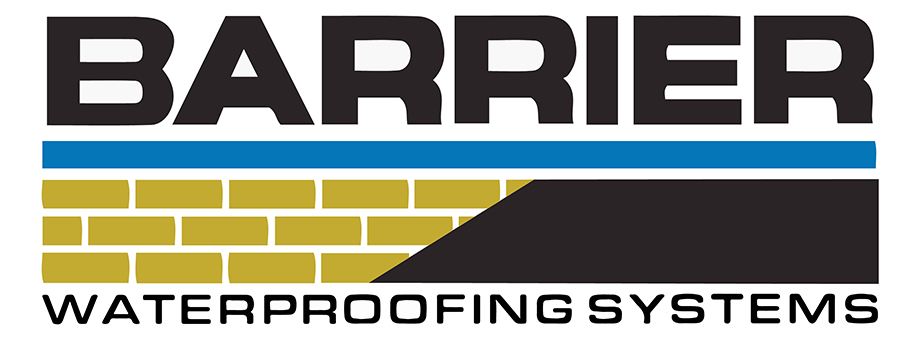A high water table is a nuisance that most homeowners would rather avoid. During construction, they do not usually pose much of a problem until excavation begins, whereby they undermine a residential home’s safety and quality.
But before diving further, it’s vital to first understand what a high water table is. Generally, a high water table is the highest level that soil
is saturated. This phenomenon is often experienced more in low-lying regions and areas where the soil isn’t well-drained.
How does a water table affect residential homes?
A high water table can undermine the excavation process in terms of safety and quality. When it comes to safety, a high-water table can destabilize the sides of the excavated hole, leading to a cave-in. While this doesn’t directly affect the homeowner, the excavation experts will have to do double the work in a not-so-safe environment.
If not drained well, the water can lead to early structural damages by affecting the footing of your residential home. Considering that the footing is the house’s entire foundation, one can only imagine the risk this poses!
Excavation for High Water Table Solutions
The high water table problem can be resolved through several drainage and waterproofing techniques. These are:
- Sump pumping – This is a method whereby groundwater is allowed to seep into the excavation, where it’s collected with a sump and pumped away from the site.
- Exterior Waterproofing Systems – By way of a series of drains complete with a waterproofing barrier material, water is redirected away from the home before penetrating the concrete foundation.
These high water table solutions for properties that suffer from the consequences of a high water table can help keep your home and other structures “afloat.” Give your waterproofing and drainage professionals at BARRIER a call today at (615) 257-1060 | (931) 536-1168 to help alleviate your excessive moisture problems.

